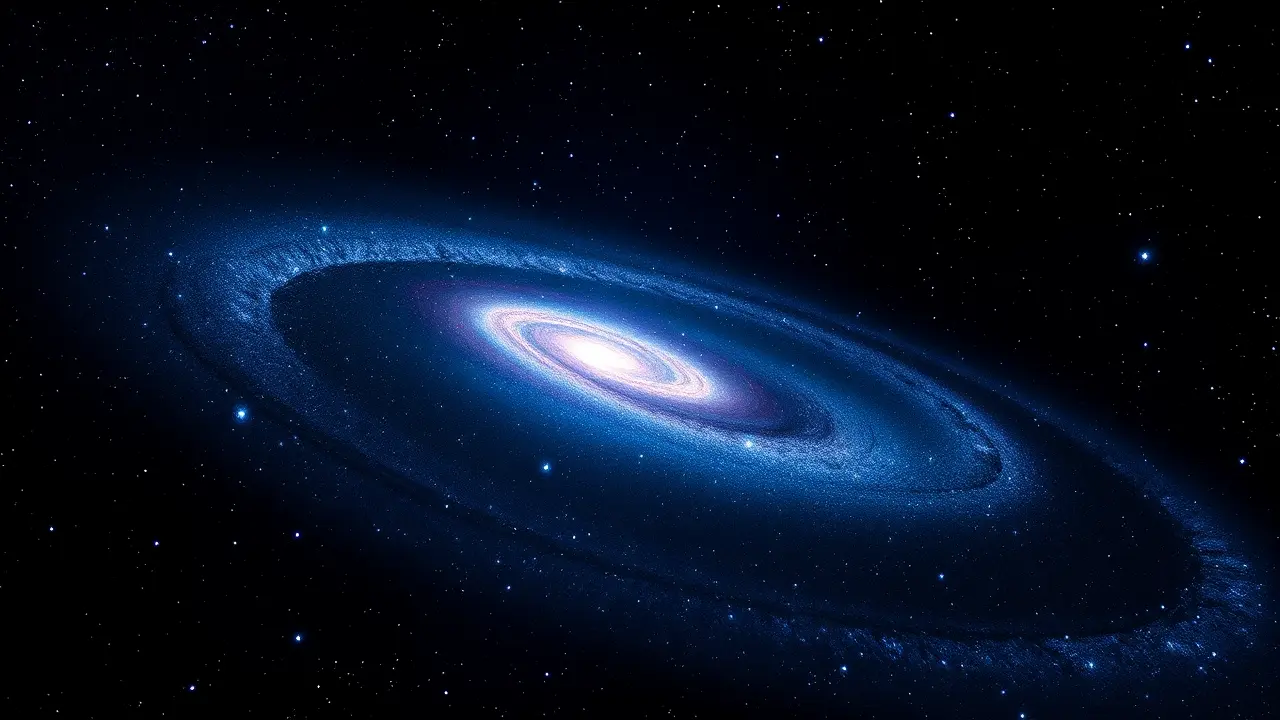Astronomers discover a gigantic bridge of gas connecting two galaxies
In a discovery that feels ripped from the pages of an epic space opera, astronomers have just mapped a celestial structure of almost unimaginable scale—a vast, ethereal river of neutral hydrogen gas stretching a staggering 185,000 light-years between two dwarf galaxies, NGC 4532 and DDO 137. This isn't just a wispy cloud; it's a gargantuan intergalactic bridge, a filament of primordial matter that serves as a living fossil from the universe's more tumultuous youth, and its detection by the sharp-eyed researchers at The University of Western Australia node of the International Centre for Radio Astronomy Research (ICRAR) is forcing us to completely rethink the dynamics of these so-called 'dwarf' systems.Located a mind-bending 53 million light-years away in the relative quiet of the galactic suburbs, this pair of galaxies has been engaged in a slow, cosmic dance, and this newly revealed gas bridge is the shimmering trail of their gravitational tango, a direct piece of evidence for the kind of galaxy interactions that, on a much larger and more violent scale, built the majestic spirals and ellipticals we see today. Think of it as the universe's own version of infrastructure, the hidden scaffolding upon which galaxies are built and connected; while we've long theorized that the cosmos is webbed with such filaments in a 'cosmic web,' actually catching one in the act, especially on this scale relative to the small size of the galaxies it connects, is like finding the umbilical cord that once fed a newborn star system.The sheer length of this bridge—nearly twice the diameter of our entire Milky Way—is what truly boggles the mind and challenges existing models, suggesting that these dwarf galaxies possess gravitational influences and historical interactions far more significant and complex than their modest stellar populations would imply. This isn't merely a pretty picture for telescopes; this river of gas is a potential fuel line, a reservoir of raw material that could, over billions of years, fall onto one or both galaxies, sparking furious waves of new star formation and essentially determining their evolutionary fate.It calls to mind the future predicted for our own Milky Way and the Andromeda galaxy, destined to collide and merge in a far-future spectacle, but here we are witnessing a quieter, more protracted version of galactic cross-talk. The detection itself is a triumph of modern radio astronomy, relying on exquisitely sensitive instruments to pick up the faint whisper of the 21-centimeter line emitted by neutral hydrogen, a technique that allows us to see the dark, unseen architecture of the universe that optical telescopes miss entirely.What’s next? This discovery opens up a new frontier in understanding galactic ecology; astronomers will now be scouring the skies for similar structures, questioning whether such immense bridges are common features of dwarf galaxy groups, which are far more numerous in the universe than their giant counterparts. It forces us to confront the humbling reality that even the 'smallest' players in the cosmic arena are connected by colossal, dynamic structures, and that the universe, in its infinite creativity, continues to build on a scale that dwarfs our earthly imaginations, reminding us that every time we point our telescopes upward, we are not just looking at points of light, but reading the grand, interconnected story of cosmic evolution itself.
It’s quiet here...Start the conversation by leaving the first comment.
© 2025 Outpoll Service LTD. All rights reserved.
